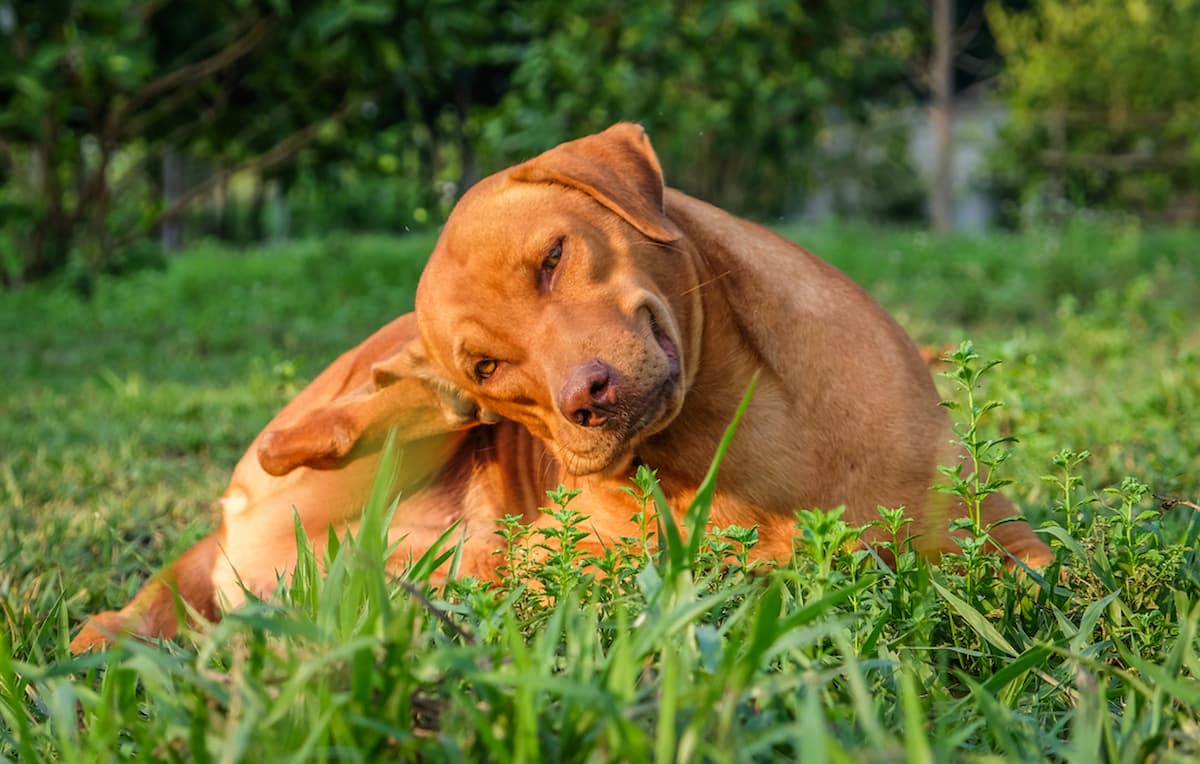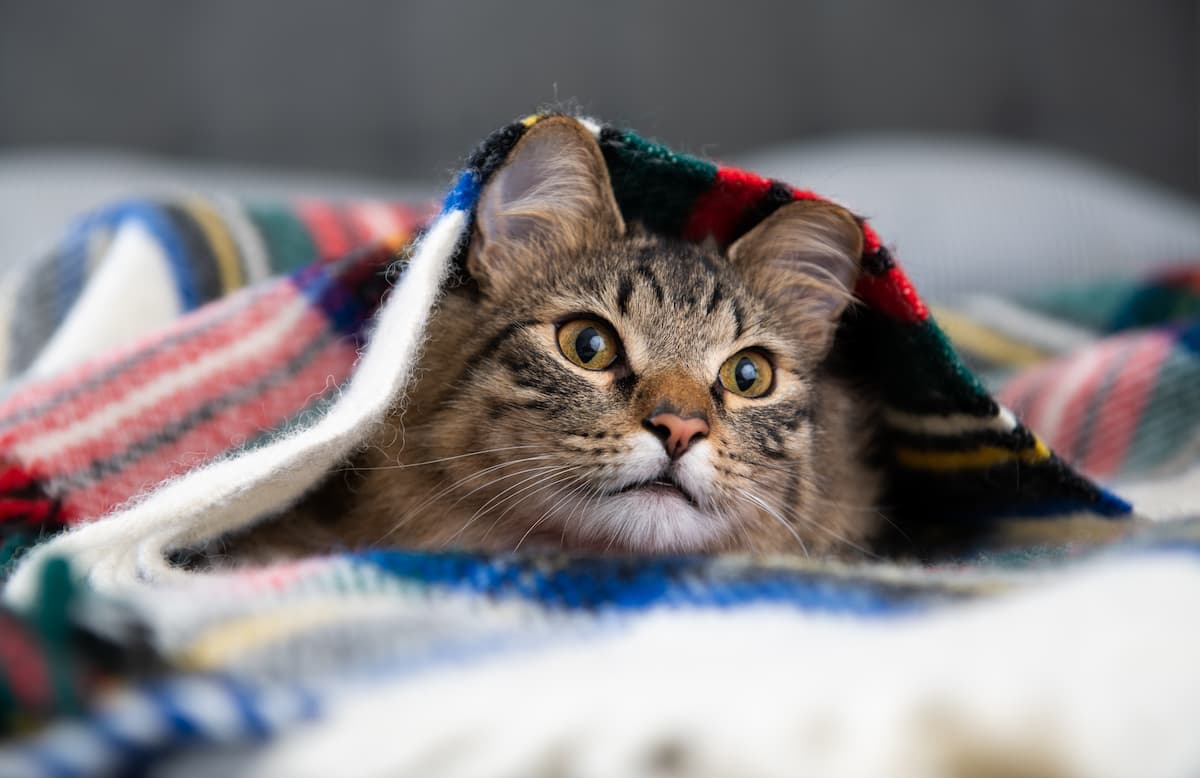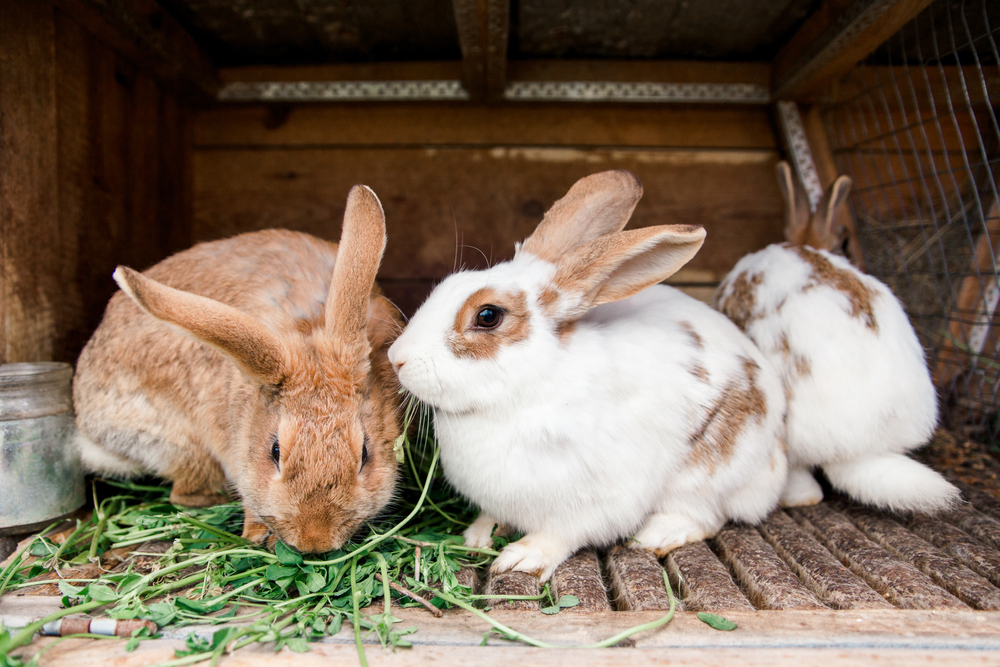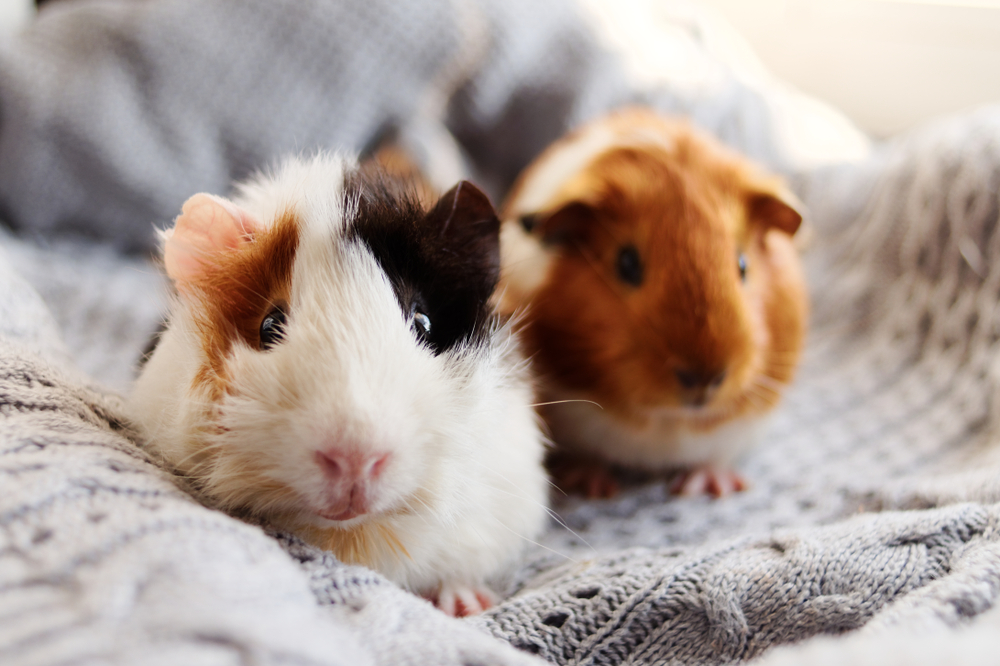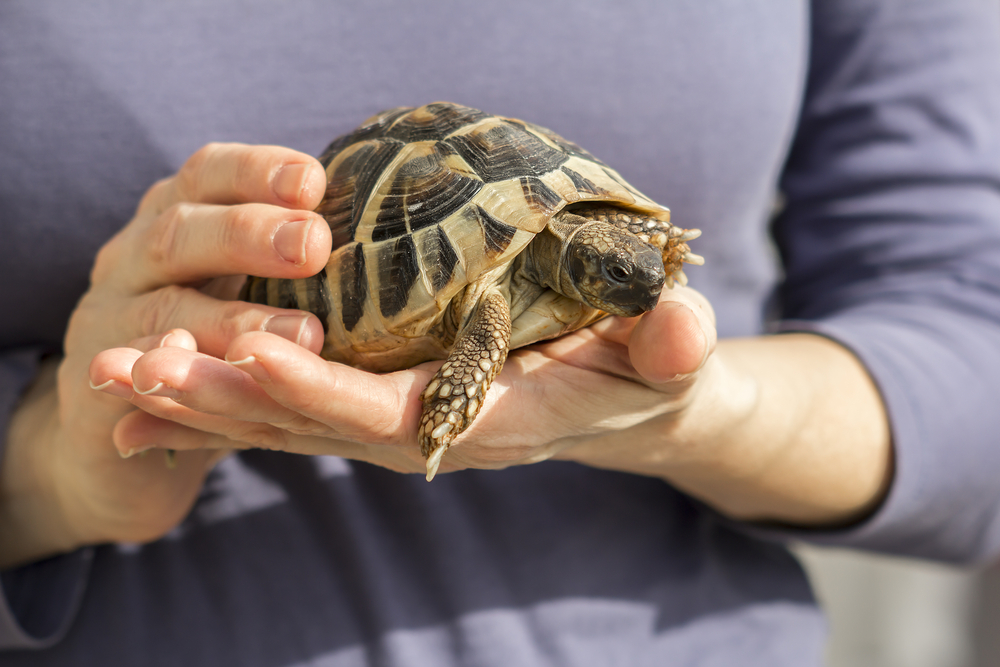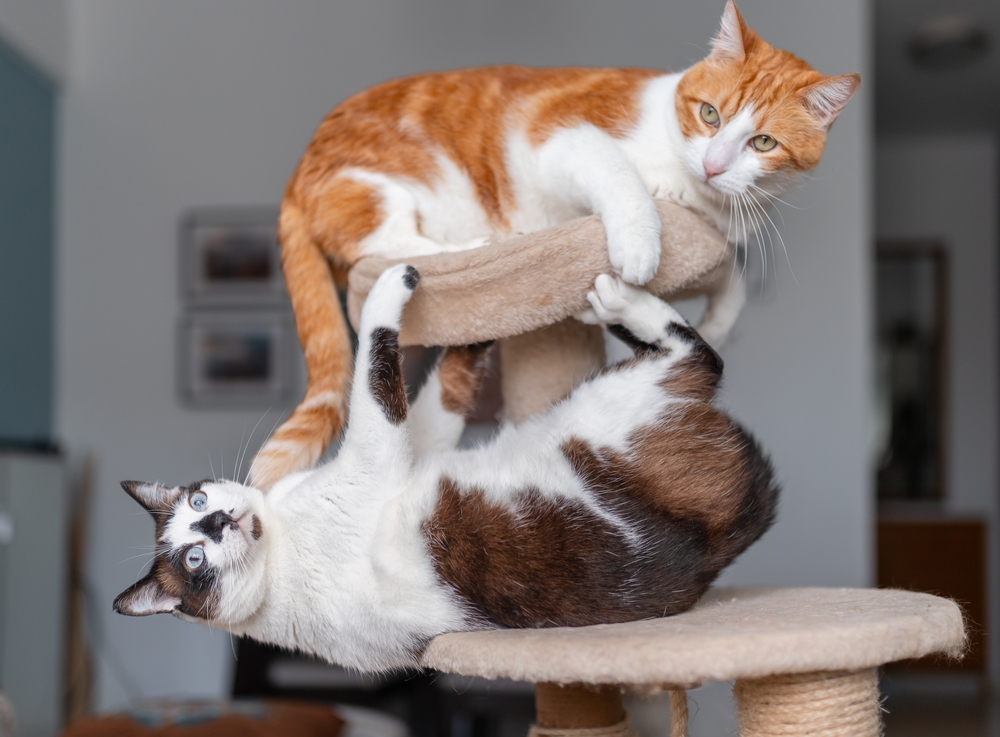Tips to Spot and Prevent Dehydration in Pets
Updated on September 26, 2025
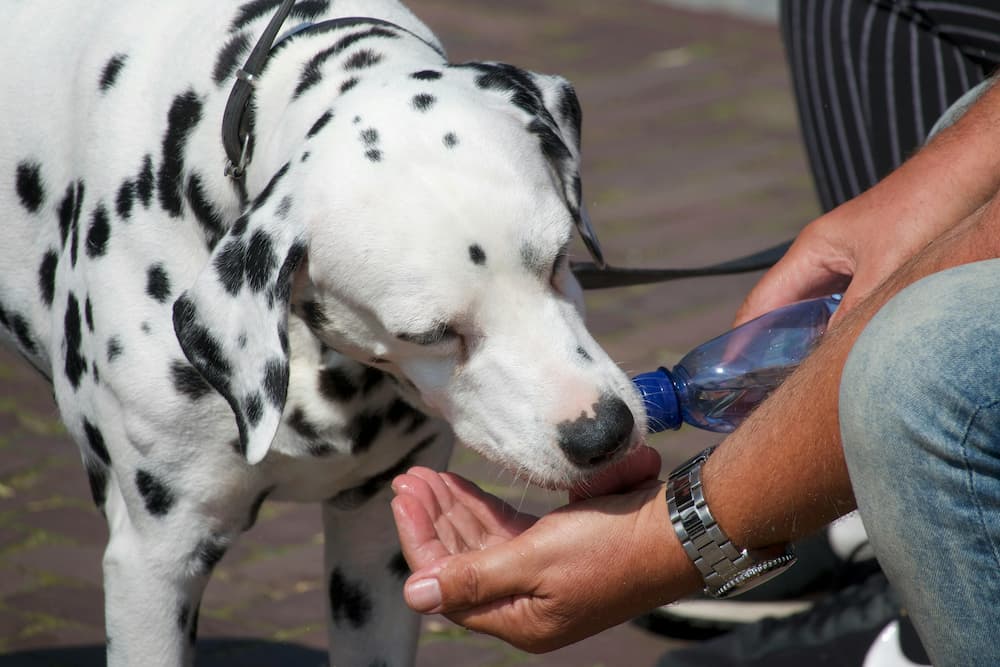
Water. Do you even give it a second thought as you fill your pet’s bowl with it? You should. For all of us — humans, cats, dogs — water is what we’re made of. Depending on age and species, some 60 to 80 percent of the body is water. To prevent canine and feline dehydration, there are several things pet parents should be aware of.
The elixir of life is a vital nutrient that helps lubricate joints, transport nutrients through the bloodstream, regulate body temperature through respiration, flush waste materials out of the body by way of urine, cushion the brain and spinal cord, and more. For all these reasons, it’s essential to ensure that your dog or cat is getting enough water.
All featured products are chosen at the discretion of the Vetstreet editorial team and do not reflect a direct endorsement by the author. However, Vetstreet may make a small affiliate commission if you click through and make a purchase.
How Low Can You Go?
When the body’s water content falls to drought levels, none of us — pets or people — can function properly. The body draws water out of cells in an attempt to satisfy its thirst and can become low on electrolytes, such as sodium, chloride and potassium, which affect muscle function and other processes. Excessive loss of water, beyond what water the body takes in, is what we refer to as dehydration.
Pets lose water for normal reasons: breathing, panting, peeing, pooping and evaporation through the paws and other parts of the body. They replenish it through eating and drinking. But just like humans, when they lose more water than they take in, they become dehydrated.
Dehydration is a common problem in pets. In fact, many cats are thought to exist in a state of chronic dehydration, because they don’t take in enough water. Two simple ways to increase your cat’s water intake are to have him drink from a fountain (many cats prefer moving water to still) and feed him canned cat food, which has a higher water content than dry food.
Dogs and cats can become dehydrated in a number of ways. Sometimes they aren’t eating or drinking enough to take in appropriate amounts. In a frustrating cycle, dehydration itself can cause appetite loss, so making sure a sick pet gets enough water is essential to helping him eat more. Dehydration can also result from illnesses that cause frequent vomiting and diarrhea or fever. Pets who become overheated lose water, too.
Some pets are more prone to dehydration than others. These include very young or small pets, such as puppies and kittens, as well as Toy breed dogs like Chihuahuas, Pomeranians, and Yorkshire Terriers.
Also at risk are older cats and dogs, pets who are nursing litters, and dogs or cats with diabetes, kidney disease, and some types of cancer.
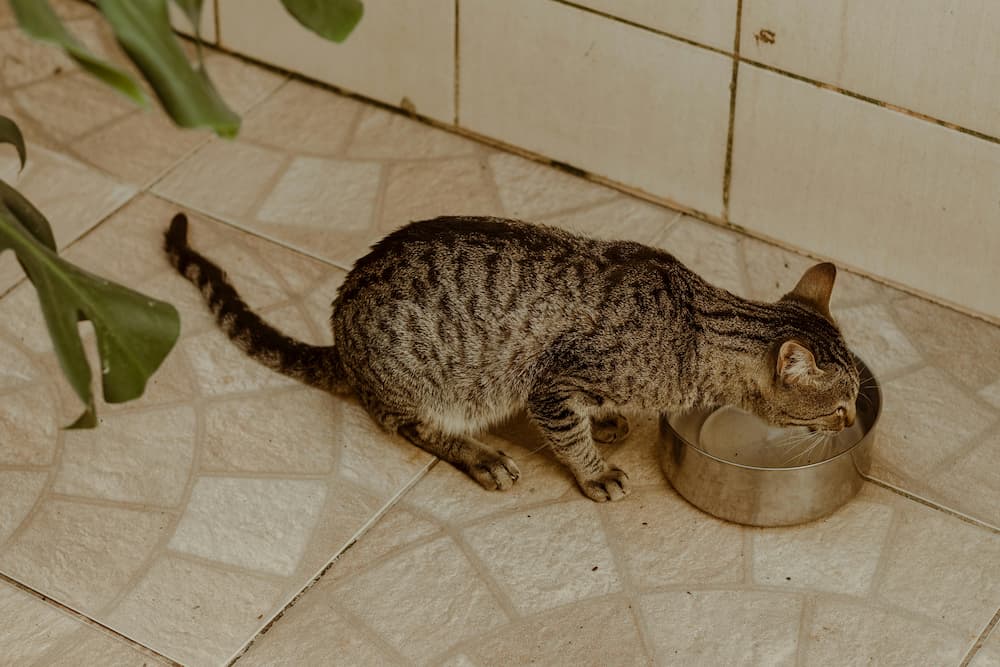
Signs of Canine and Feline Dehydration
You’ve probably been dehydrated before. You’ve felt draggy, irritable, headachy — sound familiar? For pets, the signs of dehydration are similar, but they can’t tell us about it. Here’s what to look for that may signal the early stages of dehydration:
- Your pet is tired or moving more slowly than normal.
- He’s lost his appetite.
- He’s panting (a sign in dogs).
- His eyes appear sunken and dry.
- His gums and nose are dry.
If a pet’s need for water isn’t met, the skin may become less elastic. Have you ever pinched the skin on the back of your hand to see how quickly it springs back into place? In humans, that’s an easy test for dehydration. You can do the same with your pet. With your thumb and forefinger, lift a small amount of skin on your dog or cat’s back. If the skin is low on moisture, it will fall back into place slowly instead of immediately snapping back.
Press your finger against the gums, then remove it. In a well-hydrated pet, the gums will appear white and then return to their normal pink color immediately. If it takes longer for the gums to regain color, the pet may be dehydrated.
Dogs or cats who are severely dehydrated may have a weak rear end or wobbly walk. All of these signs mean your pet needs a trip to the veterinarian to determine what’s causing the dehydration and the best ways to get his fluid levels back to normal. When pets become dangerously dehydrated or aren’t capable of drinking enough on their own, they typically need to have an IV put in to drive lifesaving fluids. Other times, giving fluids subcutaneously is enough.
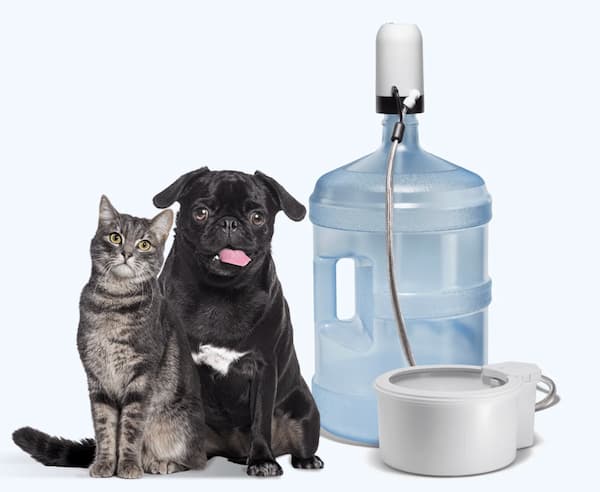
Preventing Dehydration in Dogs and Cats
As the saying goes, an ounce of prevention is worth a pound of cure. Many factors, from bowl placement to the cleanliness and taste of the water, play crucial roles in preventing dehydration before it starts. Because dehydration may sneak up quietly in dogs and cats, here are some time-tested tips to keep your pet properly hydrated year-round:
Fresh water access. Dogs and cats love the taste of fresh water and are more inclined to drink when water is cool and free of debris. This Always Full pet water bowl is always full and clean, with triple-filtered water, and empties/refills automatically, eliminating the need for daily refills or cleaning. Pet parents enjoy peace of mind knowing dogs and cats are staying hydrated.
Water bowl placement. Consider placing multiple water bowls in easy-to-access locations where your dogs and cats spend most of their time.
Monitor water intake. The Always Full pet water bowl features an optional app that tracks your pet’s water intake in real time. The app will alert you if there are any changes in your pet’s drinking habits, such as increased or decreased consumption.
Weather considerations. Keep water in shady locations during warmer weather and ensure it is fresh and cool. Never allow water bowls to remain outside where insects, dirt, and bacteria can enter.
Wet food benefits. For many dogs and cats, wet food is typically more appetizing, with higher protein and hydration benefits. Because cats have a naturally lower thirst drive, wet food may be more beneficial.
More on Vetstreet:
- Does My Cat Need Access to Fresh Water All the Time?
- Teach Your Dog to Drink Out of a Water Bottle
- Is Drinking From the Toilet Dangerous for My Cat?
- Why Does My Dog Drink from Weird Places?
- 10 Strange Cat Behaviors Explained
Stock photos: Maria Luiza Melo/Pexels and Bethany Ferr/Pexels

